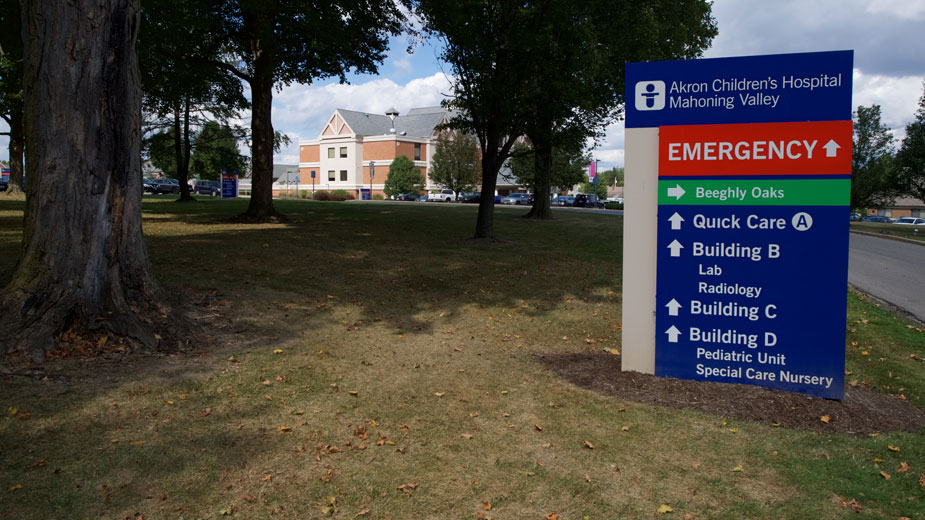YOUNGSTOWN, Ohio – Every three years, Akron Children’s Hospital Mahoning Valley conducts a community health needs assessment to create a picture of the local health care sector and what concerns children and their families face.
The report addresses Mahoning, Trumbull and Columbiana counties. It uses information pulled from federal and state agencies as well as research institutions and local focus groups. It is cited in the community health needs assessments released in 2019 by Mahoning County Public Health and Columbiana County General Health District as well as the Trumbull County Combined Health District’s 2018 health needs report.
In the 2019 report, some of the most concerning health issues – showing up in data and in focus groups – are those around mental health, access to care and the impact of trauma.
“Groups in all three counties expressed concern about seeing depression, anxiety and emotional problems in children and a lack of services to address these issues. One of the groups was particularly concerned about seeing very young children, under age 5, having more serious and consistent behavioral and emotional issues,” the report states.
In 2016 and 2017, the most recent years for which Akron Children’s provided data, Columbiana County had 179 and 204 diagnoses of mental health conditions, excluding suicide ideation and attempts, while Mahoning County saw 451 and 518 and Trumbull saw 491 and 469.
The number of practicing psychiatrists who specialize in children and adolescents per 100,000 people under 18, the report said, was highest locally in Mahoning County at a rate of 12.5 – above the state level of 11.4 per 100,000 – while Columbiana County had just 4.5 and Trumbull County had none.
“Residents in Mahoning County felt they had good access to inpatient crisis units nearby. Trumbull and Columbiana County residents were not able to identify reasonably close inpatient units for children experiencing a behavioral health crisis,” the report said. “In some communities there are agencies that offer behavioral health services, however, there are often barriers to accessing these services. The agency may not take the type of insurance a family has, co-pays can be high and there can be long wait lists to make an appointment.”
While the three-county area has plenty of pediatricians and family physicians, the focus group section of the report shows that simply having the doctors in the area isn’t enough.
Those who provided feedback cited a wide range of issues in getting children the care they need, including work schedules, cost, a lack of child care and simply forgetting about appointments. If parents or family members lack their own vehicles, those in the focus group said, public transportation was hard to fit into their schedules and scheduled rides could be unreliable.
For care itself, the focus groups said they’d like to see more accessible preventive care such as mobile serv-ices and clinics at schools or places of worship, as well as walk-in and urgent care services “within each of their communities.
“The group sees a need for more specialists outside of the main hospital buildings, including mental health, ENT, cardiologists and neurologists. Residents would like to see more support for postpartum mothers, support groups and medical professionals who invest in strong communication and relationship building with their patients,” the report said.
Finally, one of the top concerns borne out by the report was concerns about the lifelong impact trauma can have, especially when it affects children. In its section highlights, the report said high levels of drug use is leading to the neglect of children, that children’s services are dealing with younger children who need higher levels of care for longer, and that initiatives to address trauma should raise awareness, establish protective factors, create early interventions and cultivate resiliency.
